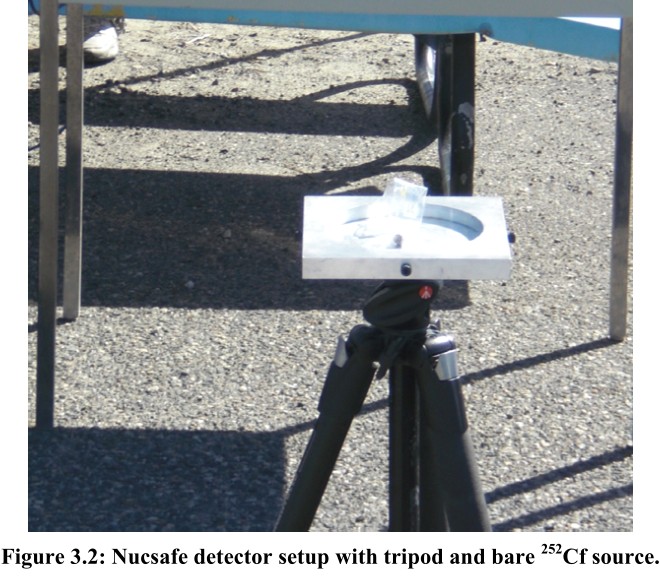

متن کامل ترجمه مقاله ISI در Elsevier در فایل word به فروش می رسد که ترجمه چکیده آن را به عنوان نمونه می توانید ملاحظه فرمایید.
Comparison of silver and palladium nanoparticles loaded on activated carbon for efficient removal of Methylene blue: Kinetic and isotherm study of removal process
Abstract
The objective of this study was to assess and compare the usability of silver and palladium nanoparticles loaded on activated carbon (Ag NPs-AC and/or Pd NPs-AC) for the removal ofMethylene blue (MB)molecules from aqueous solutions. Following the optimization of the effect of variables (batch method) including pH, contact time, initial dye concentration and Ag NPs-AC and Pd NPs-AC amounts on MB removal method the kinetic and isotherm studies have been carried out. Based on difference in MB contents (using a UV–vis spectrophotometer) before and after MB adsorption the removal percentage was calculated. The sorption processes followed the pseudo-second-order in addition to intraparticle diffusion kinetic models with good correlation coefficient. The equilibrium experimental data well fitted to the Langmuir models with maximum adsorption capacity of 71.4 and 75.4 mg/g for Ag NPs-AC and Pd NPs-AC, respectively. The obtained results showed that both adsorbents due to their high MB adsorption capacity in short equilibrium times are good alternative as low-cost sorbent in wastewater treatments.
مقایسه نانوذرات نقره و پالادیوم بارگذاری شده در کربن فعال برای حذف موثر متیلن آبی: مطالعه سینتیکی و ایزوترم فرآیند حذف
چکیده
هدف از این مطالعه بررسی و مقایسه قابلیت استفاده از نانو ذرات نقره و پالادیوم بارگذاری شده در کربن فعال (Ag NPs-AC و یا Pd NPs-AC) برای حذف مولکولهای متیلن آبی (MB) مولکول از محلولهای آبی است. پس از بهینه سازی اثر متغیر (روش دسته ای) از جمله pH، زمان تماس، غلظت رنگ اولیه و مقادیر نانوذرات نقره-کربن فعال و نانوذرات پالادیوم-کربن فعال بر روش حذفMB ، مطالعات سینتیکی و ایزوترم انجام شده است. بر اساس تفاوت در مقادیر MB (با استفاده از دستگاه اسپکتروفتومتر UV) قبل و بعد از جذب MB درصد حذف محاسبه شد. فرآیندهای جذب علاوه بر مدلهای سینتیکی نفوذ درون ذره ای با ضریب همبستگی خوب، از شبه مرتبه دوم تبعیت میکند. تعادل داده های تجربی به خوبی به مدل لانگمویر با حداکثر ظرفیت جذب 71.4 و 75.4 میلی گرم برگرم به ترتیب برای نانوذرات نقره-کربن فعال و نانوذرات پالادیوم-کربن فعال برازش شده است. نتایج به دست آمده نشان داد که هر دو جاذب بعلت ظرفیت جذب بالای MB در زمان تعادل کوتاه، جایگزین خوبی به عنوان جاذب های کم هزینه در تصفیه فاضلاب است.
ترجمه مقاله با عنوان Comparison of silver and palladium nanoparticles loaded on activated carbon for efficient removal of Methylene blue: Kinetic and isotherm study of removal process
